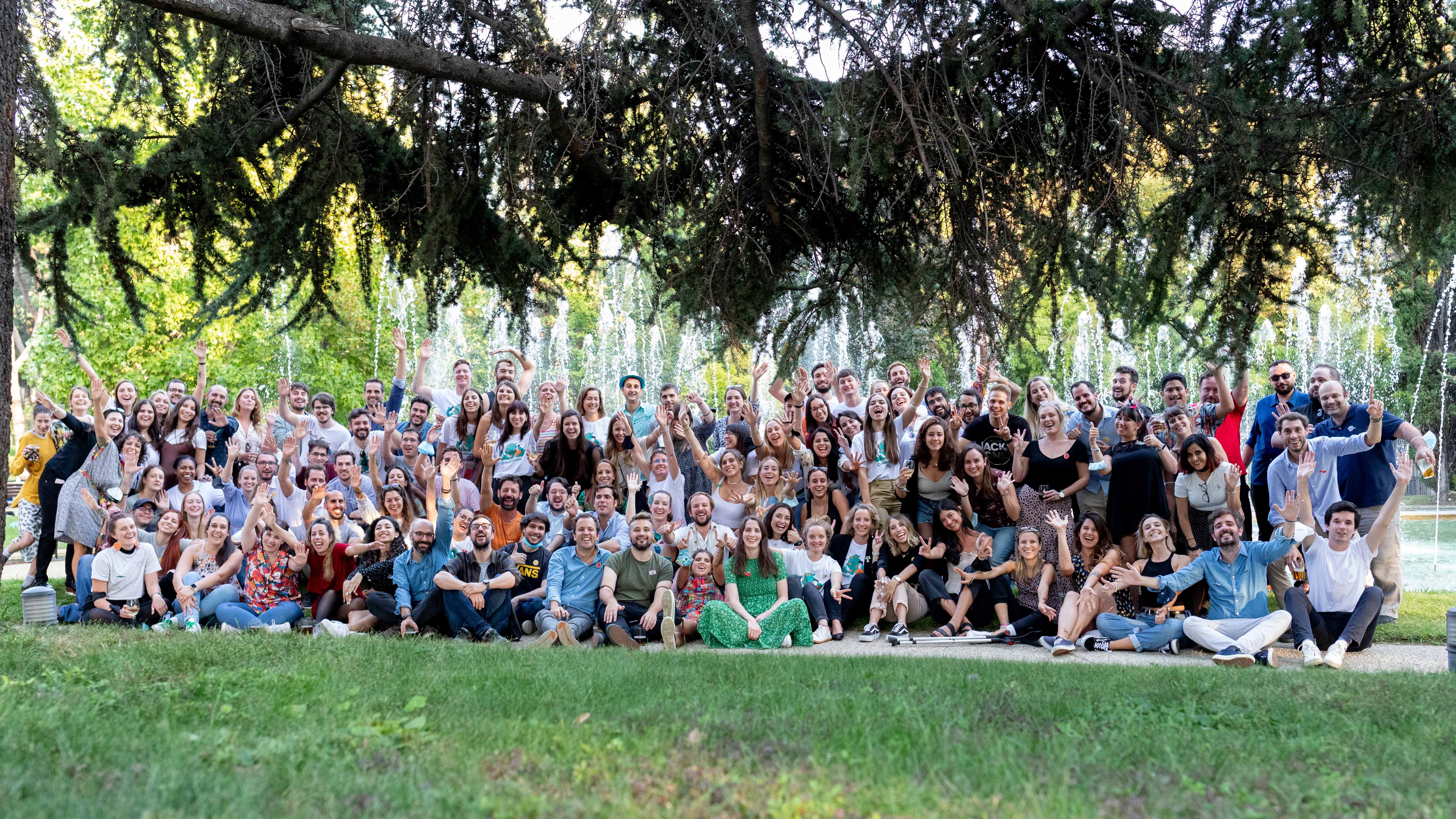Economic transparency
Thanks to the people which adopt, the farmers produce knowing the final selling price of their harvests (adoption price). This, of course, provides them with security and motivation to get up each morning to work with anticipation. It makes a lot of sense, doesn’t it?
Behind every CrowdFarming project is a farmer or a group of farmers who make it possible. It is the farmers who decide the selling price of their products.
Thanks to the commitment of the adopters, farmers produce knowing the final selling price of their crops (adoption price). And this, of course, gives them the security and motivation to get up in the morning and work with excitement. It makes sense, doesn't it?
“And what do you people at CrowdFarming live on?”
The CrowdFarming team works to disintermediate the food supply chain. But how do you bypass this kind of supply chain without becoming an intermediary yourself? The answer is simple: by providing value-added services.
Direct food sales between farmers and consumers need services to make it work: a platform to offer and sell products, logistics to move the packages, customer (or CrowdFarmers as we call them) service and outreach tools to promote themselves. These are the 4 services we provide to Farmers.
“Does CrowdFarming decide the selling price?”
No. The farmer decides the selling price.
“How much do you charge the farmers for those services?”
On top of the base selling price, CrowdFarming services and VAT are added depending on the country of destination. Discounting the VAT that the farmer pays in the country where he sends his products, this is what each party gets:
- 50% to the farmer for growing and harvesting the produce.
- 25% to the carrier for transporting the order to the customer’s home address.
- 22% CrowdFarming for the services mentioned above.
- 3% financial commission for payment methods (credit card, paypal, sepa, etc).
Note: our margin of 22% is the annual average. For adoptions our margin is 16% and for the sale of single boxes our margin is up to 32%. You can check out our blog article about our economic transparency.
If we get a farmer to sell a lot we will achieve economies of scale at a logistical level that will allow us to obtain a higher profitability and a lower environmental impact of the shipments. We have achieved a business model that allows our profitability to be in line with our values: the more the trucks that are full of orders, the less environmental impact per box transported and the higher the profitability.

How heplful is this article?
An open-minded food supply chain
Who Wins What (the 3 Ws) in CrowdFarming?
